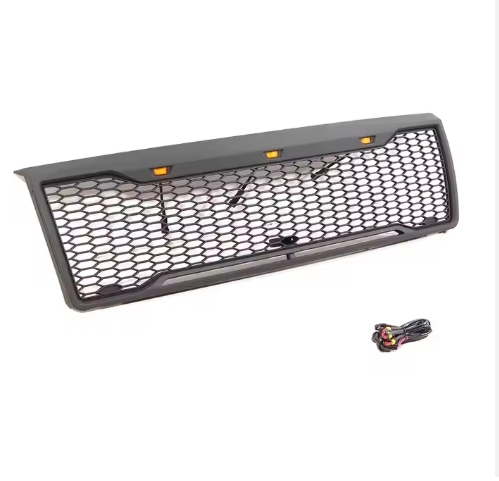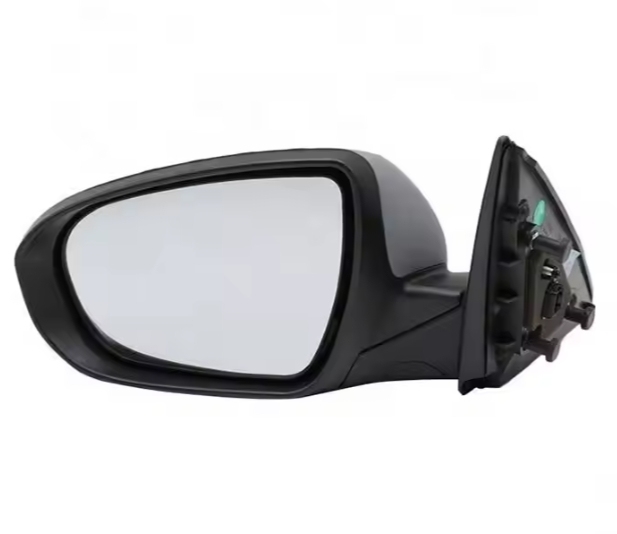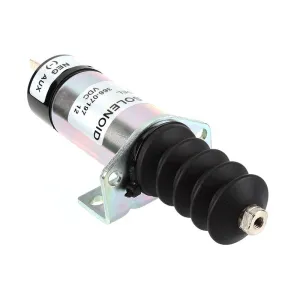Hello everyone, this is a column focusing on car repair and maintenance. There are car secrets you don’t know here, and it will teach you how to avoid big pits on the road to car maintenance. I believe that not only you, but also many people have a certain hazy feeling about the automotive aftermarket. Here will help you uncover the unknown stories of car repair and maintenance.

At the beginning of its birth, although cars only entered people’s lives as a mobile tool, Xiaobian always believed that cars were a product that carried all the wisdom of mankind.
This issue of Xiaobian will take you to understand the unknown cold knowledge on cars: What are the black spots on car glass for?

I believe you must have noticed some small black spots on car glass, but you just don’t know what these black spots are for!
First, this black spot has a lot of background and is so knowledgeable that it explodes. You can listen carefully!
1 Beautiful
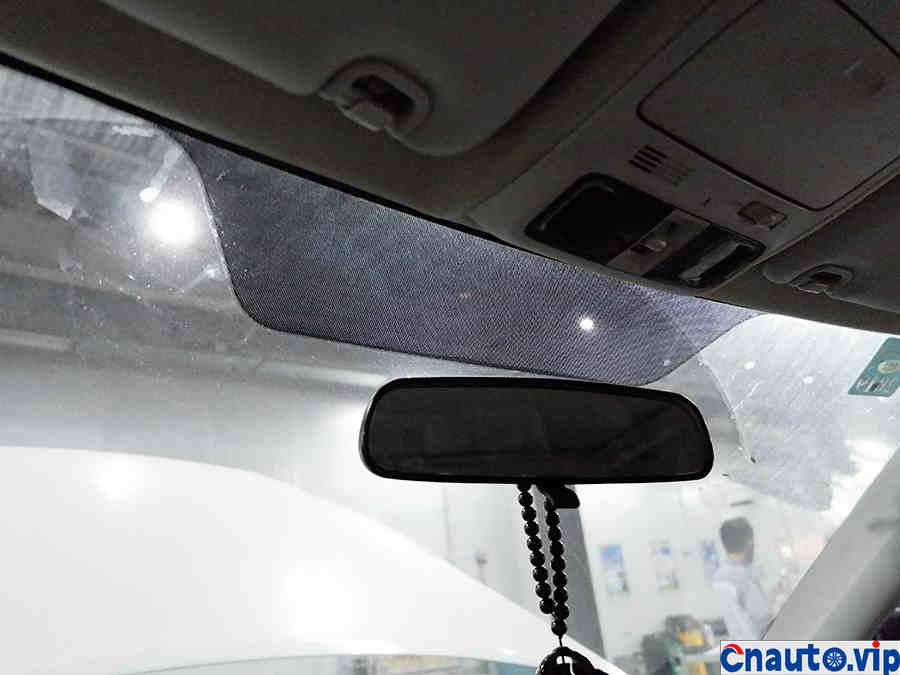
One of the magical functions of black spots on car glass is that they are beautiful. The small black spots perfectly become excessive colors, making the overall visual sensation of the car much better.
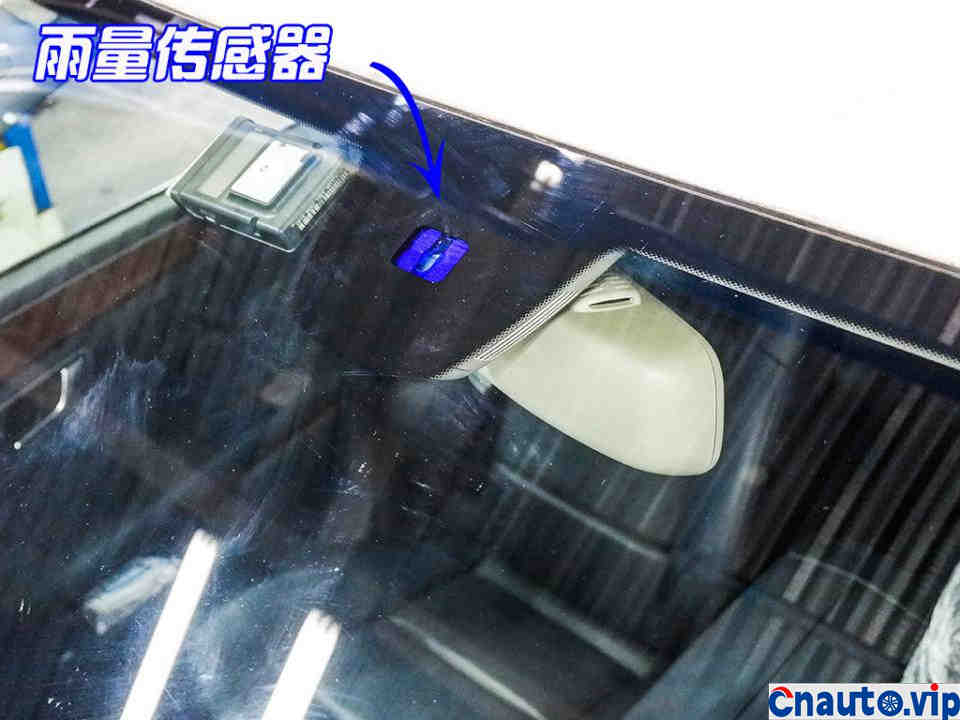
On some models, due to the complete range of electronic equipment. Streaming media rear-view mirrors and rain sensors installed separately on the glass will have a certain abrupt feeling, which is very uncoordinated. The appearance of black spots can just block out this abrupt feeling, which is better in terms of visual experience.
2 Protective glass
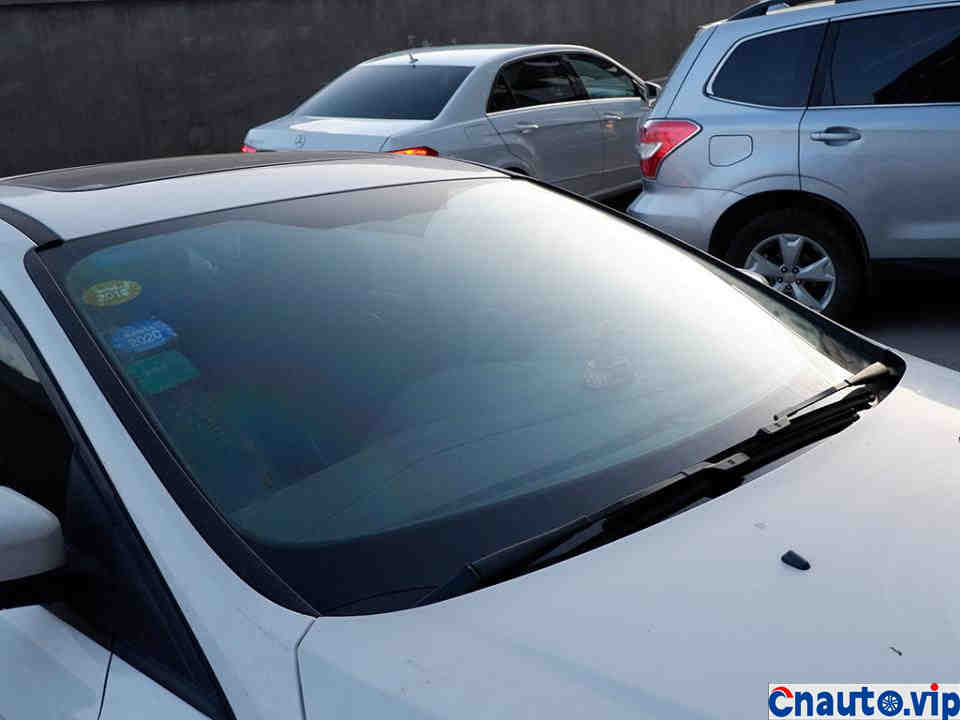
This is a bit complicated. When automobile glass is produced, the glass needs to be heated, and the black spots appear to allow this heat to be evenly distributed on the glass, otherwise it will easily cause the glass to deform and lose its original shape.

Another point is that in later use, the sun continues to expose the glass, and the surrounding areas of the glass have strong heat absorption capacity, the temperature rises rapidly, and the overall thermal expansion coefficient is different. The surrounding glass will be squeezed towards the middle, which is likely to damage the glass. Black spots are also used to protect the glass by heating more evenly in the later stage.
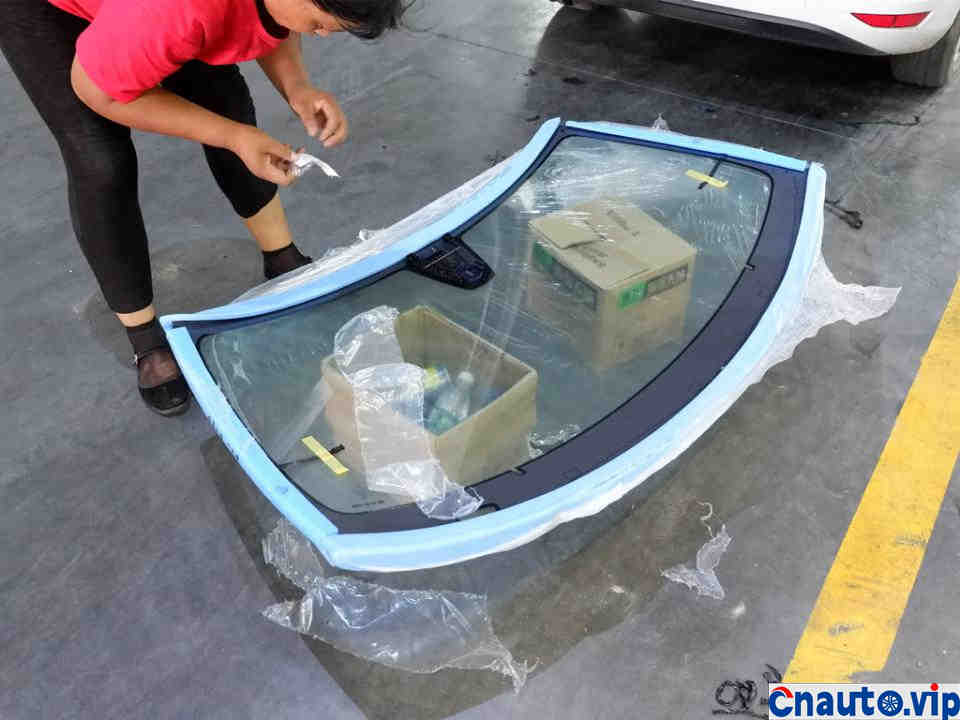
Nowadays, almost all glass has black spots. You can pay attention later.
Second, it is not only the glass of cars that adopts this black spot design

Since the black spot design is so powerful, it must be used in other places. Black spots can also be seen on the glass on the bus.

You can even see its shadow on the high-speed rail ~
Third, not all glass on a car has black spots!

If you are careful enough, you will find a problem. You can see glass with black spots on the front and rear windshields. Why are there no black spots on the glass on the door? Is it because the glass on the car door is not afraid of heat?
Of course, the glass on the door is afraid of heat, and it will also be damaged due to uneven heating. But the biggest difference between door glass and other glasses is that the door glass has a large space, which means that there is a certain amount of redundancy. Both the front windshield and the rear windshield are fixed on the body, and there is no extra space to allow it to deform, so the deformation amount is extremely strict.
So you will find that the glass on the car that cannot be opened and closed has black spots, and the glass that can be opened and closed basically has no black spots.
The processing technology of black spots must not be cheap, otherwise car manufacturers will definitely










 April 1, 2024
April 1, 2024  March 27, 2024
March 27, 2024 
 March 27, 2024
March 27, 2024 
